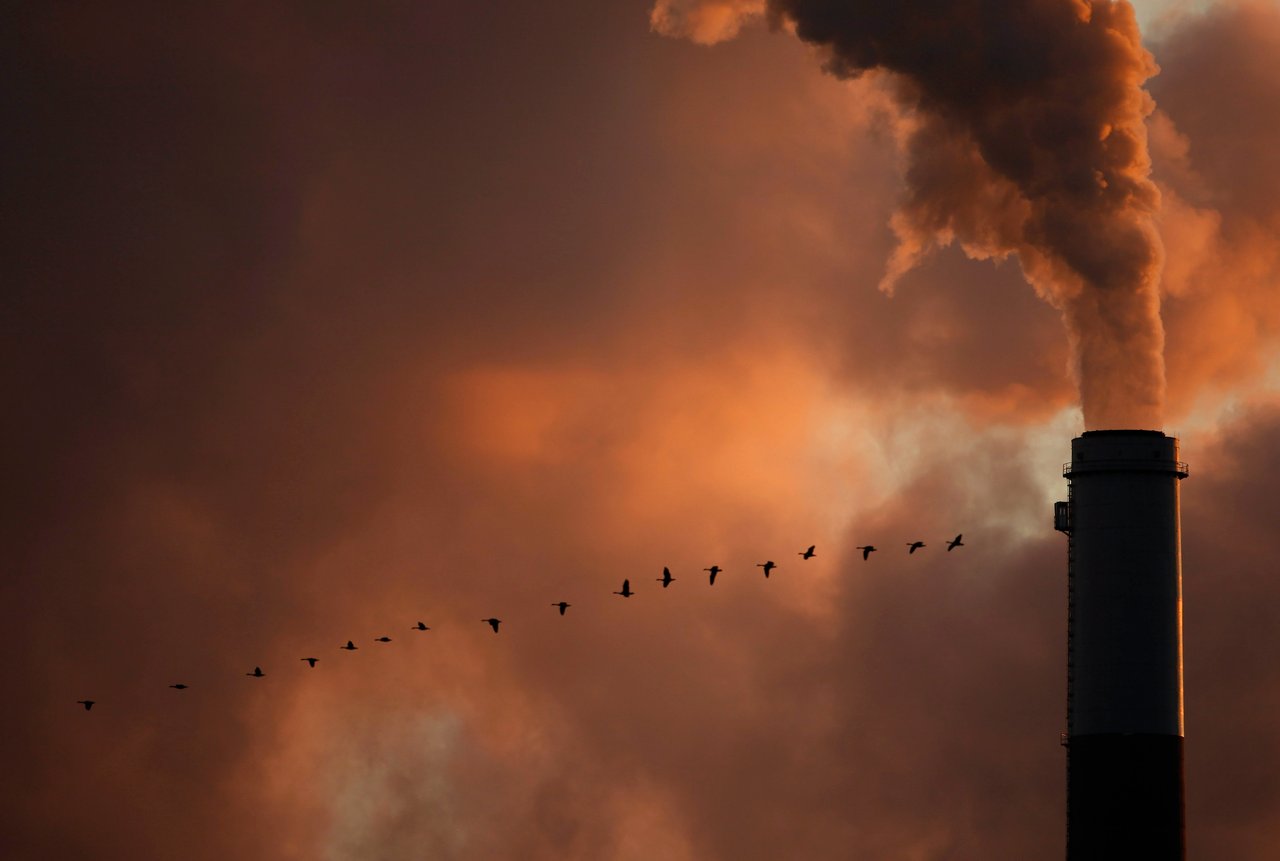Environmentalists asked the appeals court Tuesday to step in where federal regulation has failed to ensure that polluted air and water won’t end in extinction.

WASHINGTON (CN) — The Center for Biological Diversity is trumpeting what it calls precedential litigation over pollutant standards that the government sets with no heed to their impact on endangered species.
“It’s the first of its kind,” Robert Ukeiley, a lawyer for the nonprofit who filed a petition Tuesday that asks the D.C. Circuit to review the Environmental Protection Agency’s latest renewal of what are known as National Ambient Air Quality Standards.
“The EPA has been setting these standards for 50 years,” said Ukeiley, “but during that whole time, it has refused to consult with experts on wildlife.”
Under the Clean Air Act, the EPA is required to review National Ambient Air Quality Standards every five years. This occurred most recently just this past December when the EPA renewed the standards without any changes.
But Ukeiley notes that “the EPA habitually violates the law” in forgoing a requirement in the Endangered Species Act to consult with the U.S. Fish and Wildlife Service or the National Marine Fisheries Service as part of that review.
Measuring less than one-thirtieth the size of a single human hair, soot particles don’t normally exist in nature, so animals have not evolved any protective measures against them.
Advocates are concerned that the EPA has not done enough to address the fine particulate pollutant pollutant despite evidence that it harms whooping cranes and desert tortoises, among a host of other endangered species.
In small mammals, meanwhile, studies have shown that heart and lung functions show impairment from soot at rates below the current EPA standards.
“Big things like dust get stuck at the top of your lungs,” said Nathan Donley, a senior scientist at the Center for Biological Diversity. “But because it’s so small, soot makes it deeper into your lungs.”
Apart from inhalation risks, soot is known to cause acid rain and excess nitrogen in soil, harming plants and the many herbivores that consume them.
Donley says that for some endangered species, like the whooping crane, harm to even three individuals in their population can be detrimental to the entire species.
“You have to be conservative for estimating the risk for a species on the brink of extinction,” Donley said. “Most risk is not acceptable.”
The lawsuit claims that the EPA fails to address soot’s harm on wildlife. Donley says that an endangered species analysis is a complex, long process, and since no one has challenged the agency so far, the EPA continues to fly under the radar and set air quality standards without the required review.
“We want to make sure these agencies are kept in check,” Donley said.
Humans and other non-endangered animals can also be harmed by soot — which is produced by the mining, drilling and burning of coal, oil and methane gas — but pollutant standards for humans and most animals are already set in place by the Clean Air Act.
The Center for Biological Diversity wants these standards made more rigorous as well. As compared with Clean Air Act standards, the Endangered Species Act has a lower threshold for pollutants so as not to jeopardize the existence of species.
Donley says transitioning away from fossil fuels is the best way to end dangerous levels of soot, but it’s hard to say what the standard should be without doing the actual analysis.
His group charges the EPA to consult with agencies to do a study and implement recommendations.
With strong science in support of how soot can harm endangered animals, Donley says the lawsuit is a good first case study. Lawsuits regarding other pollutants may follow.
“The science is very clear that soot may cause devastating harm to vulnerable plants and animals,” Ukeiley said in a statement. “The EPA ignored the law when it failed to make sure soot in our air and water won’t drive endangered species to extinction, and we’re going to hold it accountable.”
A representative for the EPA declined to comment, citing agency policy on pending litigation.
Subscribe to Closing Arguments
Sign up for new weekly newsletter Closing Arguments to get the latest about ongoing trials, major litigation and hot cases and rulings in courthouses around the U.S. and the world.









